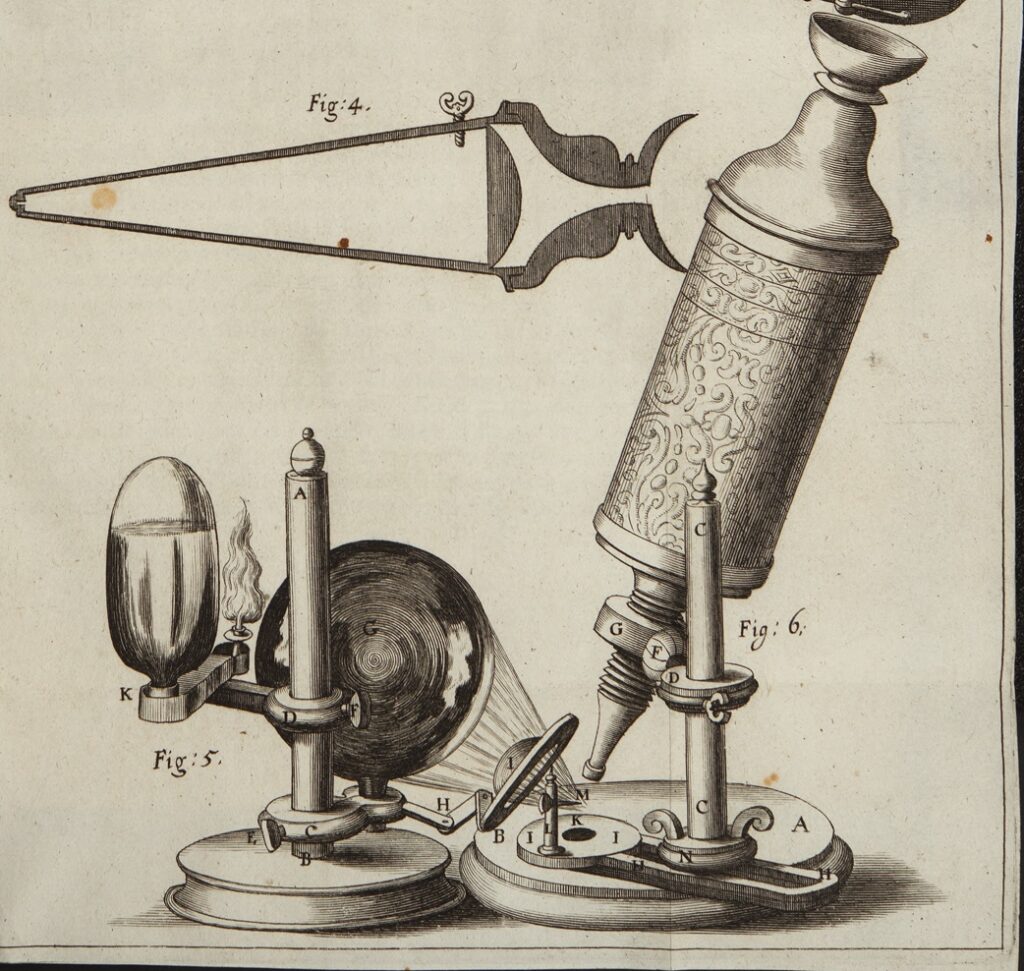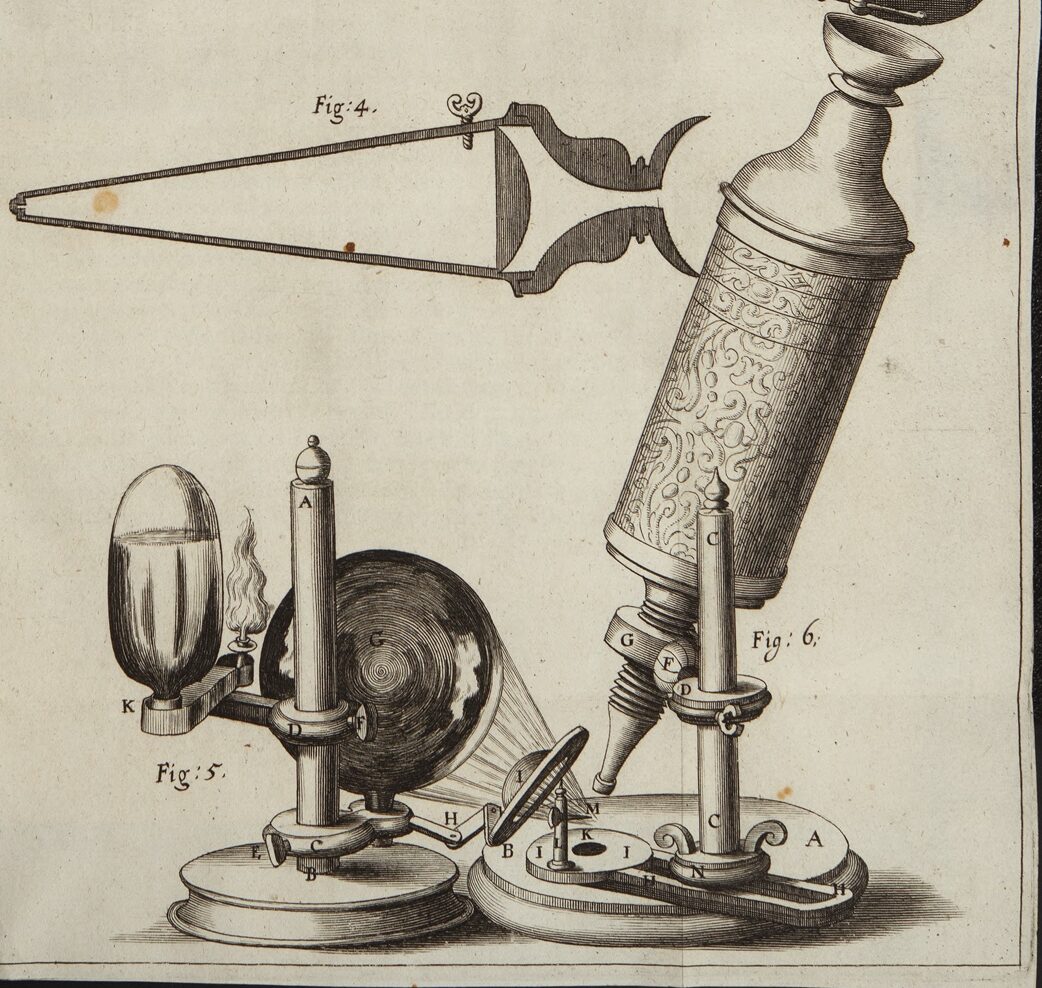The invention of the microscope and its effect on society during the renaissance was a momentous step towards life today. While looking in the special collections and picking out something to write about, Robert Hooke’s drawings of large bugs stood out to me. Looking at the detail in the drawing made me realize these details could not be seen with the naked eye. I realized the book was about Roberts research through one of the first microscopes. This got me thinking of all the other advancements that were impactful by viewing what is beyond what the naked eye can see. One advancement that intrigued me was the ability to see bacteria. I chose to do a digital entry on this specific topic because I felt that this advancement deserved more recognition for the information that it provided to humans at such an early time. We may have discussed this further in class, however, most discussions were cut out due to coronavirus.

The Invention
English scientist Robert Hooke improved the microscope, and explored the structure of snowflakes, fleas, lice and plants. He coined the term “cell” from the Latin cella, which means “small room,” because he compared the cells he saw in cork to the small rooms that monks lived in. In 1665, and detailed his observations in the book “Micrographia”with intricate drawings of hundreds of specimens he observed—and thus became the father of cellular biology.
In 1653, Petrus Borellus wrote the first publication on the use of microscope in medicine. He described 100 observations and applications, including how to remove ingrowing eyelashes that are invisible to the naked eye. That in itself is modern tools that doctors use today for medicine. Little did Petrus know, using the same tool to help an ingrown hair, we can heal much bigger wounds and illnesses.
In 1676, Dutch cloth merchant-turned-scientist Antony van Leeuwenhoek further improved the microscope with the intent of looking at the cloth that he sold, but inadvertently made the groundbreaking discovery that bacteria exist. His accidental finding opened up the field of microbiology and the basis of modern medicine; nearly 200 years later, French scientist Louis Pasteur would determine that bacteria were the cause behind many illnesses.
The Effect
Because of this small discovery the advancement towards modern medicine and health guidelines greatly impacted all of early societies along with society today. We now had the technology to watch bacteria grow, and die. We learned what bacteria is good and eventually how to get rid of the bad kind. This small advancement lead to people being healed from incurable diseases.
I find this extremely facinating because what seems so obvious today was a pivotal event at the time. This makes me wonder what may be discovered today could be quite “obvious” in a few hundred years. It makes me excited to think of all the knowledge we humans could one day discover. Without the original advancements such as the microscope and the printing press we would still be stuck living the same way we were hundreds of years ago. We as humans long for knowledge and sometimes to advance further we must admire the advancements of the past.
Works cited
Hajdu, Steven I. “The First Use of the Microscope in Medicine.” Annals of Clinical & Laboratory Science, 2018, www.annclinlabsci.org/content/32/3/309.full.
Hooke, Robert. “Micrographia.”. 1960.
Poppick, Laura. “Let Us Now Praise the Invention of the Microscope.” Smithsonian.com, Smithsonian Institution, 30 Mar. 2017, www.smithsonianmag.com/science-nature/what-we-owe-to-the-invention-microscope-180962725/.
Cox, Lauren. “Who Invented the Microscope?” LiveScience, Purch, 14 Sept. 2013, www.livescience.com/39649-who-invented-the-microscope.html.
“History of the Microscope – Who Invented the Microscope?” MicroscopeMaster, www.microscopemaster.com/history-of-the-microscope.html.
